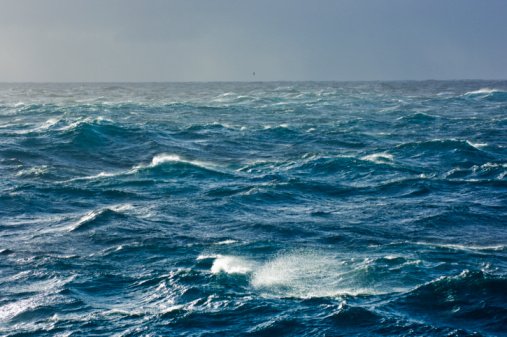Atlantic ocean
The Atlantic Ocean, the second-largest ocean on Earth, covers approximately 106 million square kilometers (41 million square miles). It separates the Americas to the west from Europe and Africa to the east. Here are some key points about the Atlantic Ocean:
Geography
- Boundaries: The Atlantic Ocean is bounded by the Arctic Ocean to the north, the Southern Ocean to the south, North and South America to the west, and Europe and Africa to the east.
- Subdivisions: It includes several seas, such as the Caribbean Sea, the Mediterranean Sea, and the North Sea.
- Major Islands: Notable islands include Greenland, the British Isles, the Canary Islands, and the Caribbean islands.
Physical Characteristics
- Mid-Atlantic Ridge: A major submarine mountain range that extends down the center of the Atlantic Ocean, playing a crucial role in plate tectonics.
- Ocean Currents: The Gulf Stream and the North Atlantic Drift are significant currents that affect climate by transferring warm water from the tropics to the northern latitudes.
- Depth: The average depth is about 3,646 meters (11,962 feet), with the deepest point being the Puerto Rico Trench at approximately 8,376 meters (27,480 feet).
Climate Influence
- The Atlantic Ocean significantly influences the climate of the bordering continents, moderating temperatures and contributing to weather patterns.
- Hurricanes in the North Atlantic are a common phenomenon, particularly affecting the Caribbean, the Gulf of Mexico, and the eastern United States.
Ecosystem and Biodiversity
- The Atlantic Ocean is home to a diverse range of marine life, including numerous fish species, marine mammals like whales and dolphins, and a variety of seabirds.
- Coral reefs, such as those in the Caribbean, are crucial habitats that support extensive biodiversity.
Economic Importance
- Shipping Routes: The Atlantic is a vital route for international shipping and trade, connecting major ports in Europe, Africa, and the Americas.
- Fishing Industry: Rich fishing grounds are found in the North Atlantic, supporting economies and providing a significant portion of the global fish supply.
- Natural Resources: The ocean floor holds reserves of oil and natural gas, particularly along the continental shelves.
Historical Significance
- The Atlantic has been central to human exploration and trade for centuries. It played a key role during the Age of Exploration when European explorers crossed it to reach the Americas.
- It was also a major route for the transatlantic slave trade, profoundly impacting the history and demographics of the continents it touches.
Environmental Concerns
- Pollution: The Atlantic faces pollution challenges, including plastic waste, oil spills, and chemical runoff.
- Climate Change: Rising sea temperatures and ocean acidification are affecting marine ecosystems and contributing to sea level rise.
- Overfishing: Unsustainable fishing practices have led to the depletion of certain fish stocks, threatening marine biodiversity.
Understanding the Atlantic Ocean's dynamics, ecology, and its impact on global systems is crucial for sustainable management and conservation efforts.

Congratulations, your post has been upvoted by @upex with a 0.32% upvote. We invite you to continue producing quality content and join our Discord community here. Keep up the good work! #upex